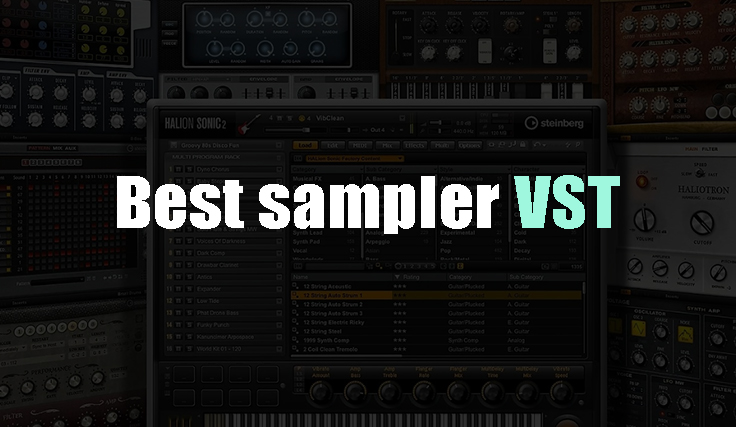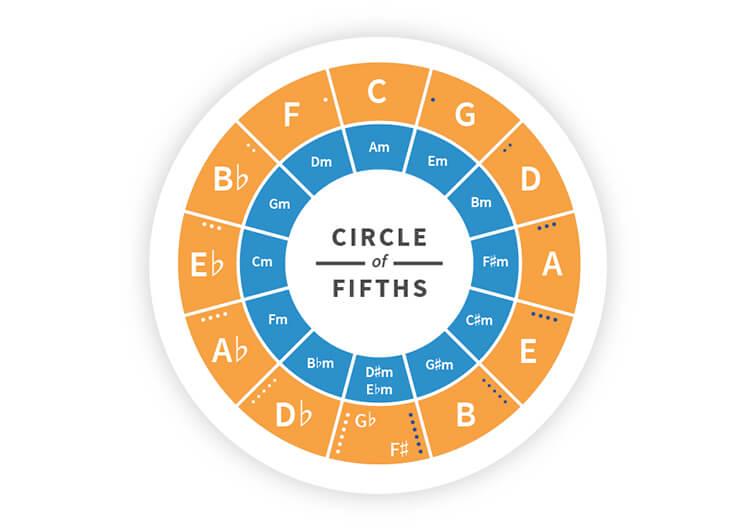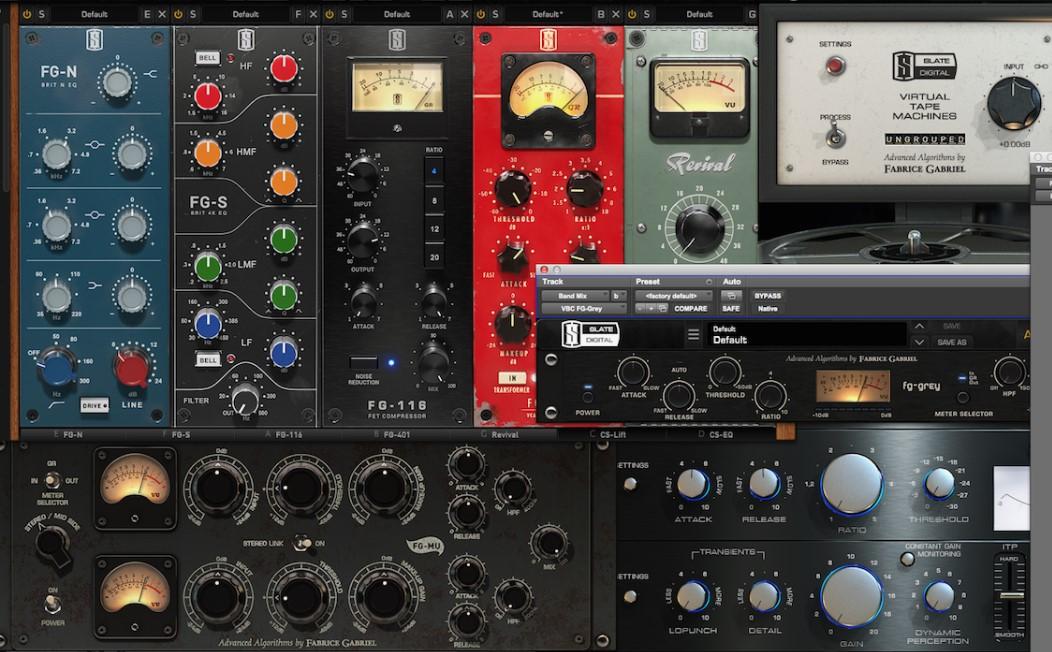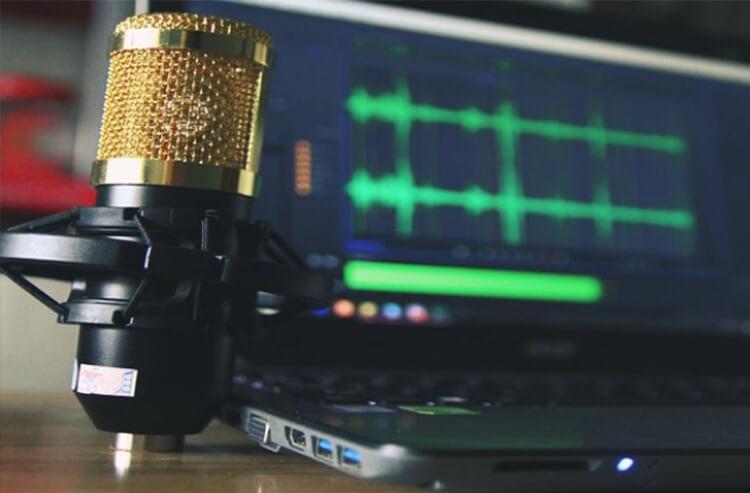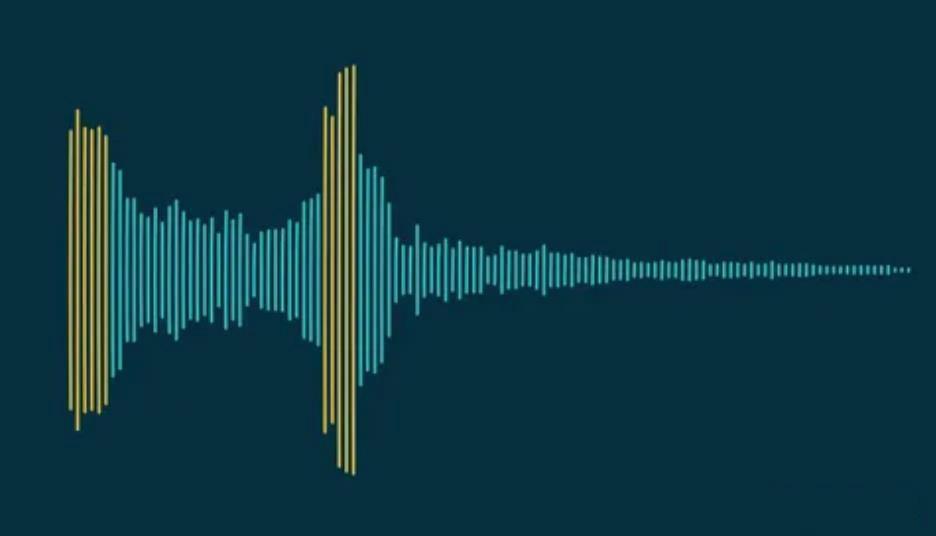Sound design
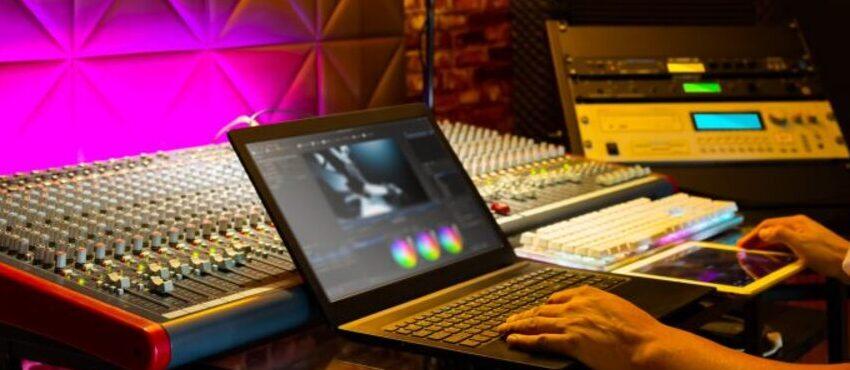
Sound design involves the use of specialized audio production methods to develop sound solutions that are applied in various fields. This profession is widely used in the film industry, television, computer game development, theaters, and other art fields. Sound designers are typically responsible for creating and altering existing recorded melodies and effects, but they may also create new compositions from scratch using synthesizers. This article will delve into the intricacies of this field and explore the necessary qualifications and skills needed to become a sound design specialist.
What a sound designer does
Many sound engineers work as freelancers and may offer their services to multiple companies simultaneously. Directors and producers are always on the lookout for top-notch sound designers.
The sound design process consists of three primary stages:
- The first stage of the sound design process is live recording and design, where sound engineers have the option to record sounds live, use pre-existing sound libraries, or create their own original sounds;
- Mixing, editing, and implementation are the subsequent stages where the sound technicians manipulate and synchronize their audio recordings with the visual content. They may cut and blend the sounds to make them more effective, and then employ sound engines to integrate them with the video;
- Sound effects are added to the main sound mixes in this step.
Sound design history
The utilization of sound to elicit an emotional response from the audience can be traced back to ancient times. Sound has been utilized to reflect the mood of the performance, accentuate certain actions in theatrical productions, and more. The implementation of music and sound effects continued in medieval plays and subsequently, in theaters worldwide, where live instruments were utilized backstage to create the desired atmosphere. Moreover, the creators started writing specific lines for the actors, keeping in mind that they would be accompanied by musical effects that would work within specific time intervals.
At the dawn of the 20th century, the Italian inventor Luigi Russolo created a special technical device that added futuristic elements to plays and music concerts of that era. His invention enabled the simulation of various sounds of nature and industry, such as trains or the whistle of bombs. Later on, the composer’s advancements were extensively used in conventional theaters to create an authentic soundtrack for their productions.
Sound recording
The use of sound in theatrical performances dates back to the late 19th century, when a phonograph recording of a child crying was used in a London play in 1890. Sixteen years later, recorded sounds were used again in the London play “Nero”. However, during that time, the term “sound design” was not yet in use, and the specialists responsible for creating sound effects were known as “masters of special effects”. They developed and executed sound design behind the scenes, using technological innovations such as gramophones, mechanical and electrical devices, and focused on constructing both abstract and realistic effects.
In the 20th century, recorded sounds began to replace live sound effects, although finding innovative solutions to replace them was often challenging.
The emergence of digital technologies
In the late 80s and early 90s, the sound industry underwent significant changes with the rise of MIDI technology and the advent of digital technology. Digital Audio Workstations (DAWs) and new sound processing algorithms became the norm for sound production, enabling professionals to work on more intricate solutions and effects.
Furthermore, the interest in film sound skyrocketed, which resulted in the improvement of digital instruments and their accessibility to those without programming skills.
Interactive applications development also ushered in new methods of producing “dynamic sound,” which allowed sound designers to adjust sounds in real-time to match on-screen events, like accurately simulating footsteps.
The internet’s emergence gave sound design even greater possibilities, as it became more cost-effective and easier to obtain sound sources. Today, sound designers can explore and download the best sounds online, avoiding the need for extensive research, saving time and money.
Additionally, the internet has given sound engineers greater freedom by allowing them to work from home studios using their computers rather than paying rent, purchasing expensive equipment, or renting studio space to mix and edit tracks.
Where sound design is applied
Sound design is a versatile field with numerous applications. Below, we will examine some of the most popular and sought-after uses of sound design.
Cinema
A sound designer is a key member of a film production team who works on the entire soundtrack of a film or a specific portion of it. There are several ways in which sound design enhances the film. Firstly, it creates an off-screen feel which adds to the richness and completeness of the film’s world. This is achieved by using sound to give viewers a better idea of what is happening off-screen. The sound design and speaker system can help create a sense of the fullness of the landscape, especially when viewed in a movie theater.
Secondly, sound designers use sound bridging techniques to create a smooth transition between scenes. This involves using sound from the next scene in a sequence and incorporating it into the previous one, allowing the audience to hear the next scene before they see it.
Thirdly, music is an effective tool used to evoke emotions in the audience. It can pull at the strings of their hearts, raise tension or set the tone of the film. Even simple music can be effective in achieving this goal.
In addition, sound design and mixing can convey emotions in a film. If a particular scene is not working as intended, it is likely that something is missing in the sound or music. The primary goal of sound design is to make the audience feel and evoke emotions.
Another important function of sound design is to indicate the location of the scene. Sound can ground the audience and help them locate the scene. Background and atmospheric noise are important to the stage as they appeal to the audience on a subconscious level. Without these sounds, the scene may seem unnatural to the audience. For instance, if a scene is set in a forest, the background noise will be the sound of blowing wind, rustling leaves, and a variety of animal sounds, which tells the audience where the action is taking place. Similarly, if a scene is set on a busy street, the background noise should consist of people talking, car horns, and the sound of engines running.
Theaters
Despite some sound engineering techniques being used since the early days of theatrical performances, sound design is still considered one of the newest technologies in the performing arts, alongside projections and multimedia displays.
Thanks to advancements in modern audio technology, theater sound engineers are now able to do more complex work, making it cheaper and easier to incorporate sound into live performances. Although the film and television industry has had a greater influence on modern drama, leading to shorter scenes in plays, scenery alone cannot always effectively achieve this goal. This is where sound design can be utilized to great effect.
Sound design has developed significantly in the cinema, setting a high standard, and has since successfully spread to the theater scene.
Musicals
Frequently, when involved in the production of musicals, the primary responsibility of the sound engineer is to amplify the sound in a manner that is fitting for the project. In cases where the sound has already been implemented on stage, the sound engineer must fine-tune it to ensure optimal performance at various intervals throughout the performance. This process involves implementing specific techniques, including:
- equalizers;
- volume control;
- positioning speakers and microphones in appropriate locations;
- collaborate with supplementary equipment as needed.
Additionally, the sound designer in collaboration with project management can determine the placement of microphones for both the performers and musicians.
Moreover, the sound expert must ensure that every aspect of the performance is audible and comprehensible to the audience, irrespective of the venue size and equipment used. Furthermore, it’s crucial to ensure that the actors can hear what they need to hear during their performance.
While the primary objective of sound design in musicals is usually to provide adequate sound reinforcement, it’s important to note that many musicals also require sound scores.
Plays
While working on productions, the sound designer focuses on selecting suitable soundtracks and sound effects after conducting a thorough analysis of the plot. Additionally, they must install and configure the sound system. The sound designer collaborates with the director to determine the emotional aspects that the audience should experience throughout the performance. Based on this partnership, the designer must decide which sounds to use to evoke specific emotions.
Sometimes, a sound engineer may be responsible for composing the music for the production. They may also work closely with the director to pinpoint moments in the play that require sound effects to enhance the performance.
The use of music and sound effects in a production can vary, with some shows only utilizing music during scene transitions, while others incorporate full soundscapes. Sound engineers can use various techniques to add emphasis or accentuate specific moments during the production.
Sound engineers with experience as composers often write the musical pieces for the productions and design the sound effects themselves. The sound reinforcement is also crucial for enhancing the sound quality during the performance.
Music
In modern music, genres like rock, ambient, and electronic music have a substantial impact on the sound designer and producer, who shape the overall sound of the recording. Their primary responsibility is to achieve the best possible result from the project’s musicians and make technical decisions, such as setting up instrument timbres and arrangement.
Producers who specialize in electronic music often seek the assistance of sound designers to create a specific ambiance for their tracks and incorporate effects. This is because sound designers have a deeper understanding of synthesizers and the intricacies of composition within this genre compared to others.
Fashion
At fashion shows, the artistic directors frequently collaborate with sound engineers to guarantee that the music aligns with the selected theme of the event, the collection’s style, and other relevant factors.
Applications
The incorporation of sound is prevalent in computer applications and video games. However, they need to adhere to specific requirements, such as not overburdening memory and processor, supporting repeated use, interactivity, among others. It’s worth noting that while running applications, the main resources are typically focused on graphics, which is why sound and voice must be well-optimized and compressed to avoid interference with these processes.
When dealing with sounds, computers require specialized systems capable of reproducing interactive sounds. To achieve this, designers work with dedicated software that can manipulate sounds or process data entered by the user during application interaction. In the development of interactive applications, designers often collaborate with audio programmers.
Basic elements of sound design
The subsequent sound design components are frequently employed in various productions.
Foley
It’s not uncommon to overlook crucial aspects such as sound effects during production. Fortunately, the technique of foley art can enhance the sound quality. Foley art involves the recreation of everyday sound effects, which are subsequently added to movies and videos during post-production to help establish ambiance.
Ambient noise
Ambient noise is another vital component of sound design that, if executed correctly, can be the most subtle yet crucial element. It serves as a foundation for all other sounds in the soundscape, and without it, the rest of the sound design would lack a proper basis and appear arbitrary.
Music and score
Music plays a crucial role in sound design. While not every project may necessitate an extensive score, film music has demonstrated its ability to elicit emotions in viewers. Consider some of your favorite moments from films. Frequently, music is utilized at particular points in the story to enhance the scene’s impact. It is the music that makes these moments so memorable.
Sound effects
These are sounds that are designed to represent something that does not exist in the real world. For instance, the sounds of an alien invasion.
Voiceover
The voice of the narrator serves as the storyteller, guiding the narrative either as a character within the story or as an unseen author.
Mixes
Ultimately, the mix is the crucial component of sound design as it brings together all of the previous elements and ensures their compatibility. Through mixing, all levels of sound design are balanced and optimized. The mixer’s job is to ensure that the music is not too overpowering and does not obscure the dialogue, while also ensuring that the background noise is audible enough.
Necessary equipment
Hardware, including microphones and recording devices, is an essential element of any successful sound design. One type of microphone that is commonly used is the omnidirectional microphone, which can pick up sounds in all directions. These microphones have a circular pickup pattern, which allows them to capture sounds more clearly.
Another type of microphone is the cardioid microphone, which only picks up sounds from the front and sides of the microphone. These microphones have a wide, heart-shaped radiation pattern.
Finally, unidirectional microphones, often referred to as “shotgun microphones,” only pick up sound from the direction in which the microphone is pointed.
To create effective sound design, the sound engineer must also be proficient in using dedicated software such as Amped Studio, Pro Tools, Logic, GarageBand, and QLab, as well as various sound plug-ins.
It is essential to work in a room with proper sound equipment, including microphones, mixing consoles, amplifiers, compressors, equalizers, and monitors.
Sound production process
The role of the sound engineer is crucial in the production of any film or television show, as their involvement begins in the pre-production stage and extends through to post-production.
Preproduction
Before filming begins, the sound design manager reviews the script with the director to determine the priority of sounds and music. Depending on the director’s preferences, some may have a clear vision for how they want their project to sound, while others may be more open to collaboration. The sound designer may attend rehearsals to assist in creating an appropriate soundtrack.
The sound design team is assigned a budget and tasked with the following objectives:
- Sound engineer team;
- Sound recording studios and other film sets;
- Licensing of music;
- Voiceover recording;
- Editing and mixing of sound;
- Catering.
Production
During production, the sound design team is responsible for:
- Setting up equipment for sound reproduction;
- If necessary, train the deck operator.
Postproduction
During the post-production phase, a team of sound engineers takes charge of finalizing the sound and ensuring its quality. This involves implementing:
- Collaborating with audio files that match the visual effects;
- Arranging dialogues and music on the timeline of video editing software;
- Audio design;
- Incorporating dialogues, music, and voice-overs into the sound design;
- Making sure that the audio is synchronized properly with the visual effects.
How to become a sound designer
A blend of formal education and practical experience is crucial for aspiring sound designers to excel in the field. Let’s explore these elements further:
- While it’s not necessary for sound engineers to have formal education, attending theater or film school can be advantageous. These institutions often have partnerships with companies that hire sound engineers, which can help students make valuable connections in the industry;
- Internships, on-the-job training, and apprenticeship programs at small theater and film companies can offer aspiring sound engineers valuable hands-on experience;
- Having a clear vision and understanding of your goals is crucial to success.
Once you have completed your education and training, you can use the following strategies to begin your career.
- Participate in online communities dedicated to sound design;
- Seek referrals from family and friends who may know people in need of sound design services;
- Build a sound library that can attract potential clients;
- Listen to diverse music recordings, sound designs, and movie scores to broaden your creative inspiration;
- Undertake small projects to gain experience and enhance your portfolio;
- Work as a freelance sound designer on various projects to expand your expertise;
- Be patient and understand that accomplishing your dream projects requires time and practice.
Conclusion
It’s evident that the role of a sound designer is crucial and highly sought after in various fields including cinema, music, theater, gaming industry, and more. Sound design professionals need to possess specific skills and knowledge of music production and equipment to excel in this field. Becoming a successful sound designer can be challenging, but with a well-defined plan and determination, one can achieve success and enter a constantly evolving and in-demand market.


